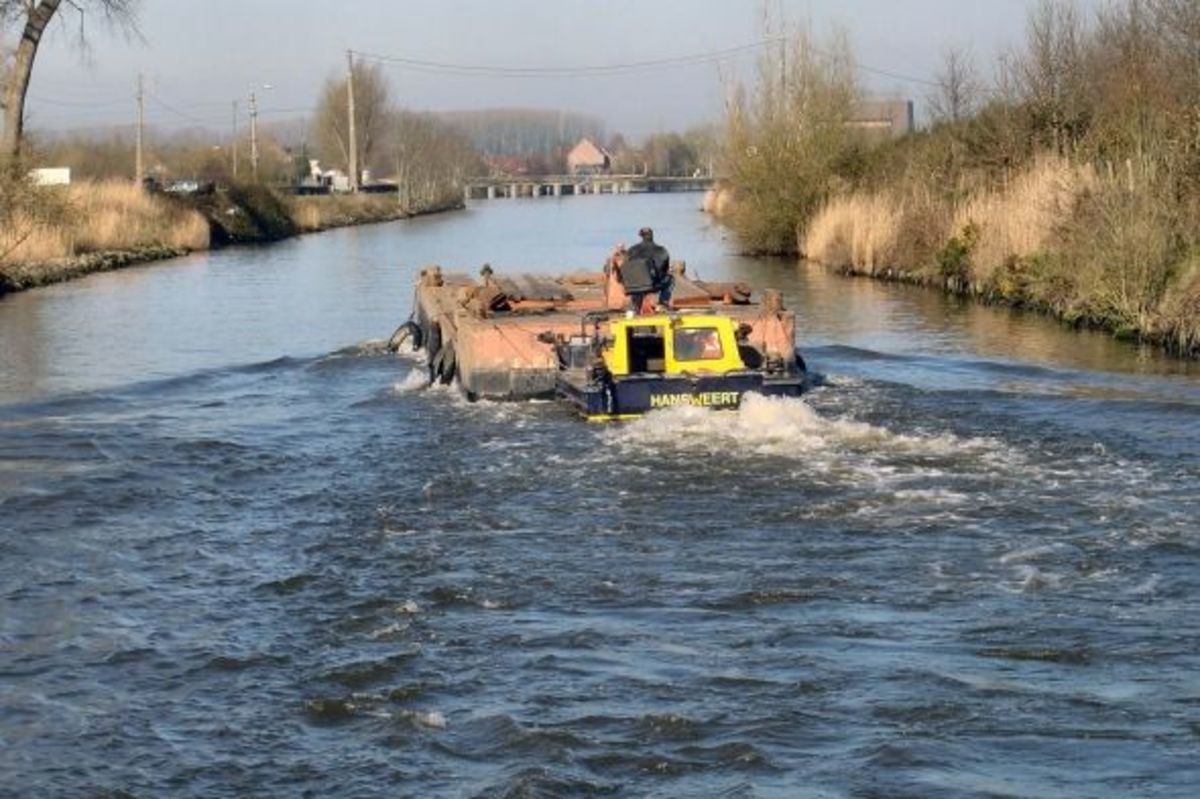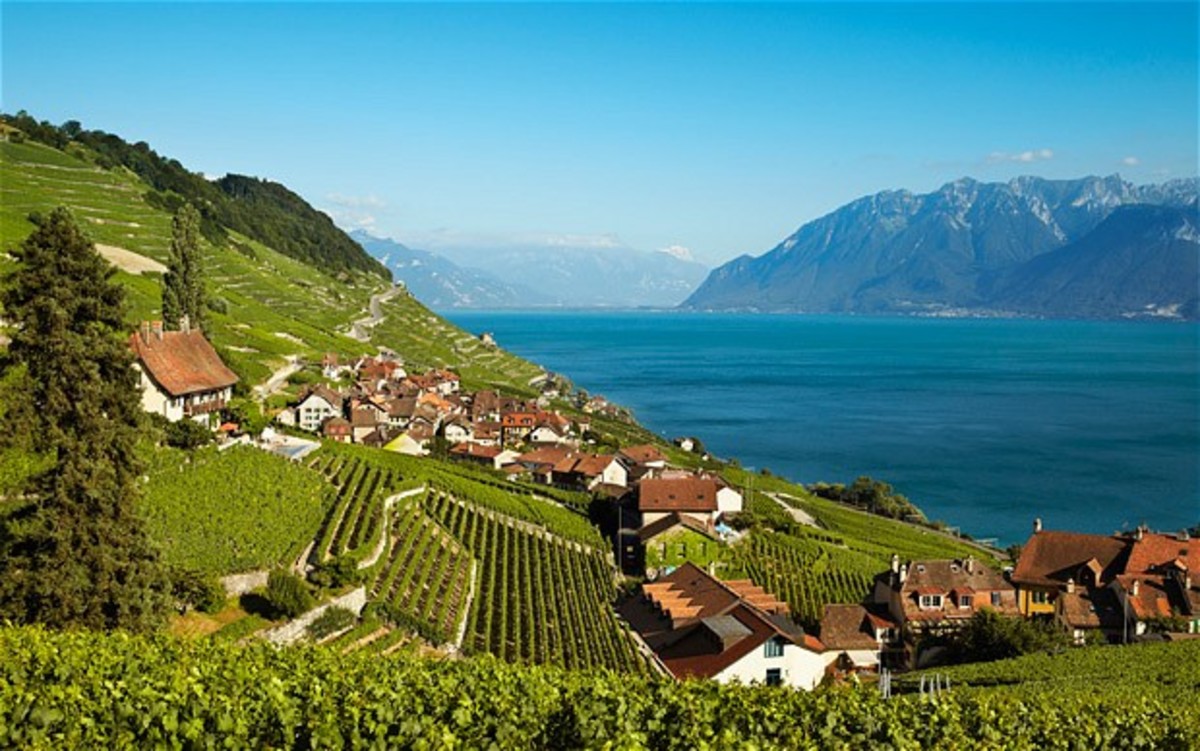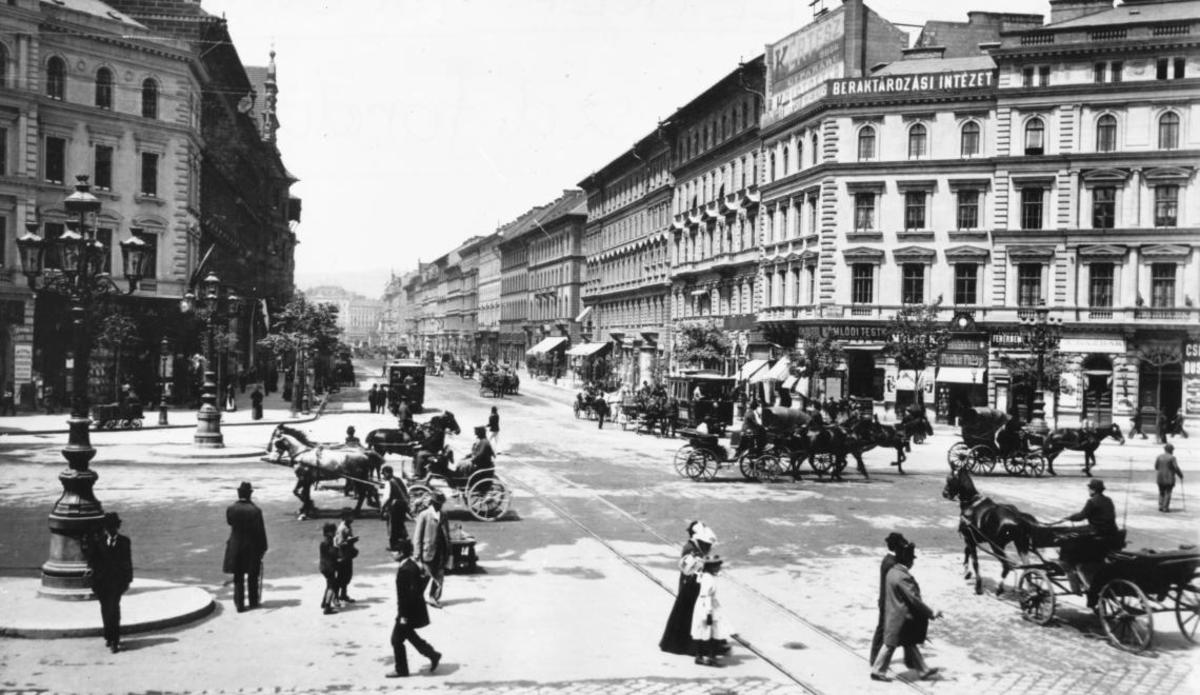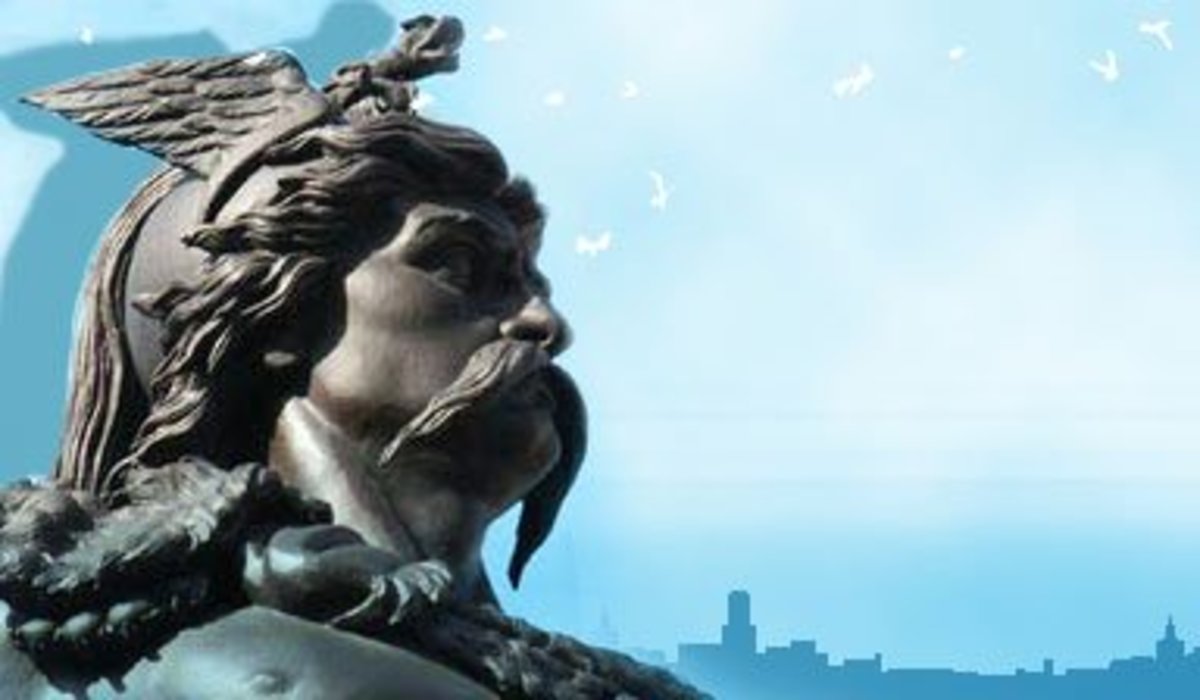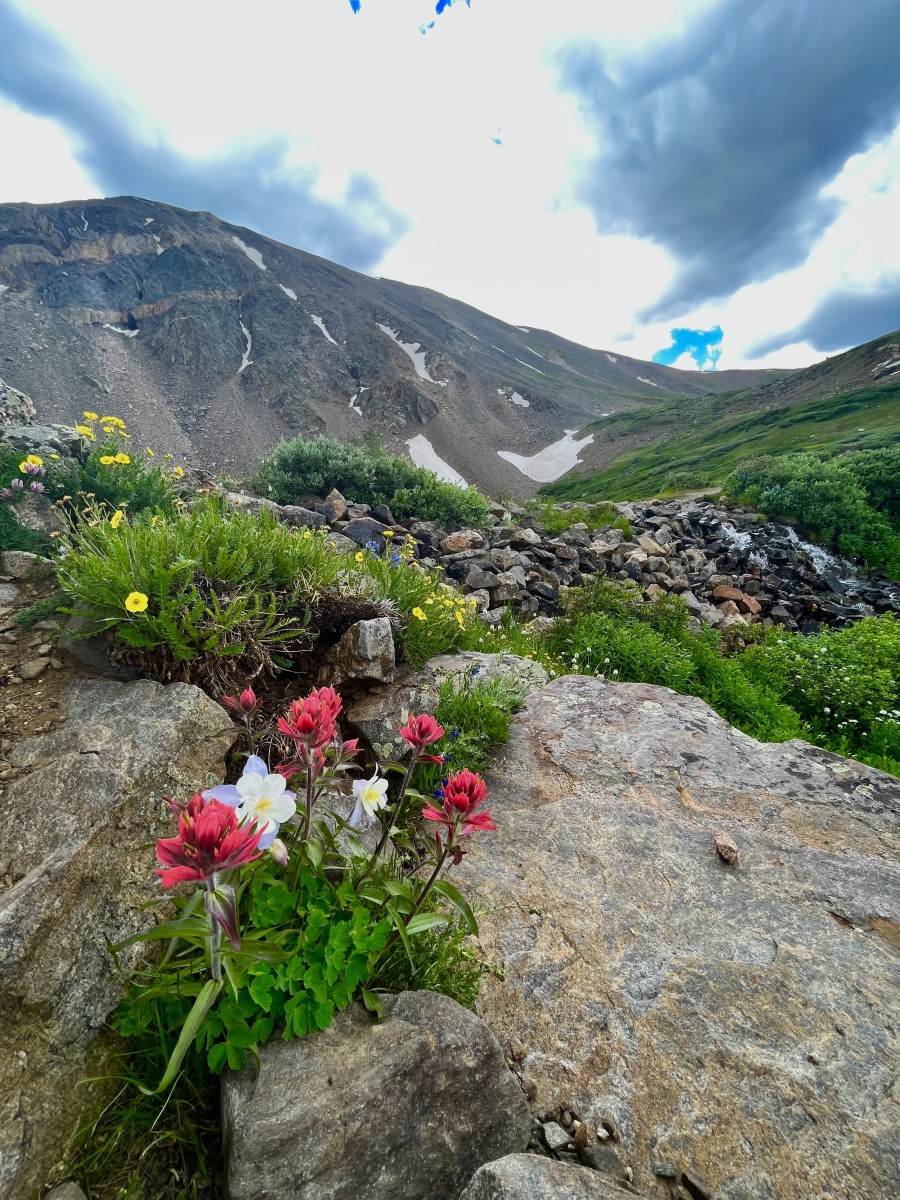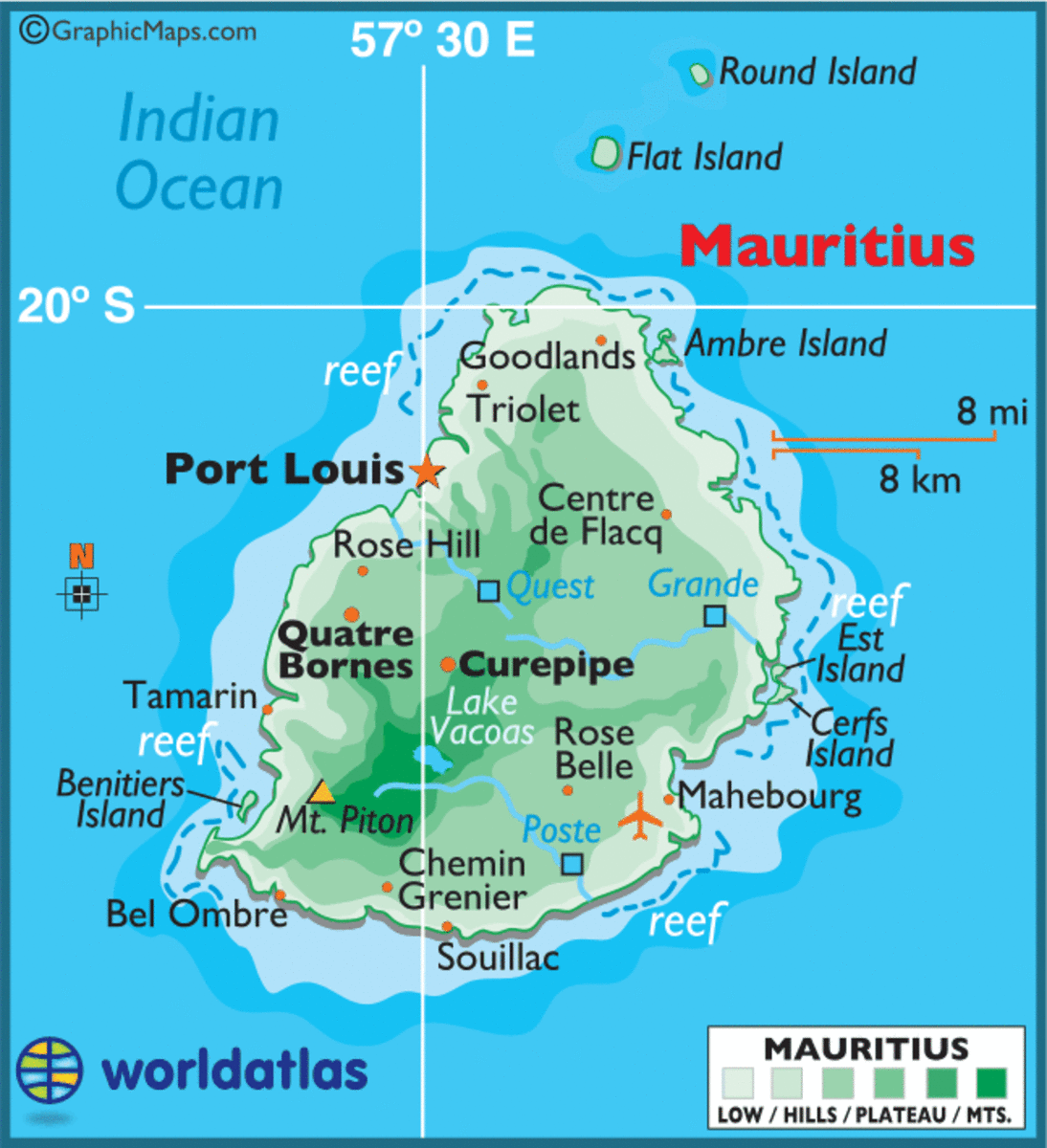Bruges, Belgium
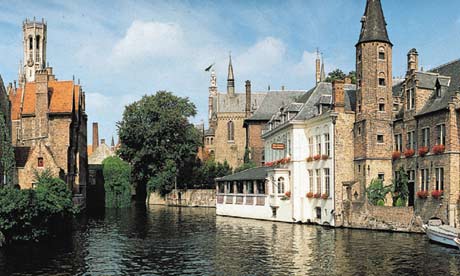
Savor the rich chocolate syrup as it melts atop the fluffy waffle you've just introduced to your mouth. Sit back in your chair and gaze out over the canals, watching the street lights sparkle atop the still waters, illuminating the beautiful medieval buildings that surround you. Enjoy all that Bruges, Belgium has to offer.
Spend just a few moments in this bewitching city and you'll understand why Bruges is called "the Venice of the North." Visitors stroll through the town as though in a dream, pausing to watch Belgian swans gracefully glide through the twisting canals that flow alongside stone houses and cobblestone streets. The wonder of touring a place seemingly untouched by time was surely what prompted UNESCO to add the entire historical city center to its World Heritage list in 2000.
Bruges has a population of about 120,000 and is the capital of Belgium's West-Flanders province. Although many tourists plan day-trips, there is actually far too much to see in only 24 hours. Bruges is at its best during the evening and the early morning hours when many visitors have already left or have yet to arrive. Although many tourists plan day-trips, there is actually far too much to see in only 24 hours. Bruges is at its best during the evening and the early morning hours when many visitors have already left or have yet to arrive. It is during these times when the city is most peaceful and full of old world charm. The streets are less congested, and you can sample fresh-made Belgian waffles at any of the local cafes or restaurants early in the morning. Bruges is filled with beauty and romance during every season, so visitors don't have to worry about missing out on snow-frosted towers or brilliant blossoms.
A Brief History
Bruges is unique in that town authorities have taken great care to preserve the city as a living monument to the region's rich past. The first buildings were constructed in the first century BC, shortly after Julius Caesar's victory over the Menapii, to shield the coast against pirates. During the ninth century, Baldwin I, Count of Flanders had to reinforce the Roman fortifications in order to protect is trade with England and Scandinavia from Viking attacks.
Bruges officially was granted its charter on July 27, 1128 during which time the city walls and canals were first constructed. Thanks to the city's access to the North Sea, Bruges quickly distinguished itself as a leader in European trade, specializing in wool and cloth manufacturing. In 1277, the Genoa's merchant fleets arrived in the Belgian port, and made Bruges the main link to the Mediterranean trade.
In the 1400s, the duke of Burgundy set up court in Bruges, which brought many artists, bankers, and other business to the town. It was during the time when the new oil-painting techniques of the Flemish-school became world renowned. During the 17th century, Bruges' lace industry became popular and the canals were restored. However, it was not until the late 19th century that Bruges became a popular tourist destination for affluent French and British citizens. The port of Zeebrugge was built in 1907, and was originally used by the Germans during World War I as a launching point for their U-Boats. As of 2002, Bruges has been named the "European Capital of Culture."
With the historic city center off-limits to cars, the most captivating part of Bruges can be traveled on foot, by boat rides/tours through the canals, or even by horse-drawn carriage. If you must drive, Bruges has excellent roads from all directions including the E40, A10, E403, N31, and E34. Furthermore, parking for the central commercial and tourist areas is inexpensive. Bruges also has a great bus system, that travels to the center of the city, its suburbs (city lines, Dutch: stadslijnen), and to many nearby towns (regional lines, Dutch: streeklijnen).
As to be expected, cars are required to yield to pedestrians and cyclists. Due to the heavily populated suburbs, bus traffic is high on the narrow streets, which can make cycling in these areas a little difficult. Nevertheless, in common with many cities in the region, there are thousands of cyclists in the city of Bruges.
As a living museum, Bruges has numerous examples of medieval architecture that tourists can explore and admire. For example, visitors can marvel at the Onze-Lieve-Vrouwekerk (Church of Our Lady), whose brick 122 m tall spire makes it one of the world's highest brick buildings and visible from nearly anywhere in the city. Moreover, in the sanctuary you can view Michelangelo's Madonna and Child, the only sculpture ever to leave Italy during the artist's lifetime. When visiting Bruges, don't miss the 13th century belfry that contains over 45 bells. Aimè Lombaèrt, the city's full time bell ringer, is known for his regular, free concerts, so make sure you have a few minutes to spare. Both are located in the Bruggemuseum (Bruges Museum), which also includes an archeological museum, city hall, and the Liberty of Bruges. Another interesting locale is the Heilig Bloed Basiliek (the Basilica of the Holy Blood). According to legend, Joseph of Arimathea brought some of Christ's blood through the area shortly before the First Crusade. The relic of the Holy Blood is now annually paraded through the streets of Bruges, with more than 1,600 individuals taking part in the mile-long religious procession.
If you prefer museums to architecture, Bruges offers a wide variety of options, with collections that include Flemish Primitives, medieval and contemporary art, furniture, silver, and folklore. Numerous masters, including Hans Memling (whose work can be seen at the Old St John's Hospital) and Jan van Eyck, were residents of the city. For artistic masterpieces from the 1400s to present-day, visit the Groeningemuseum or the Arents House. You can also explore the Lace Center, English Convent, St. George's Archers Guild, Sint-Salvator Cathedral, Diamond Museum, or the Public Observatory Beisbroek.
The city also houses over ten theatres and three art houses. Be sure also to try and go during one of Bruges' multiple festivals including the BAB-bierfestival (beer festival), Bruges Kantdagen (Bruges' Lace Days), the film festival Cinema Novo, Jazz Brugge, and the chocolate festival, Choco-Laté.
Belgian Chocolate in Bruges
Choco-Laté, The Bruges Chocolate Festival, takes place every April, in the historic city centre of Bruges. During live demonstrations top chefs, bakers and chocolate makers let visitors sample decadent sweets and take home several recipes to try on their own. Sculptors, painters, and body painters will create chocolate masterpieces. Members of the public can also explore the wonders of chocolate massages, chocolate packs or cocoa therapies. Choco-Laté also shows visitors how chocolate can be paired with other delicacies like fresh fruit and fine wine. A special festival route takes tourists along a variety of stops including Choco-Story, a chocolate museum in Huis de Croon that illustrates the chocolate-making process from bean to bar/truffle. Also check out Saaihalle, where visitors you can learn about and sample the cocoa drink made by the Mayas and Aztecs.


